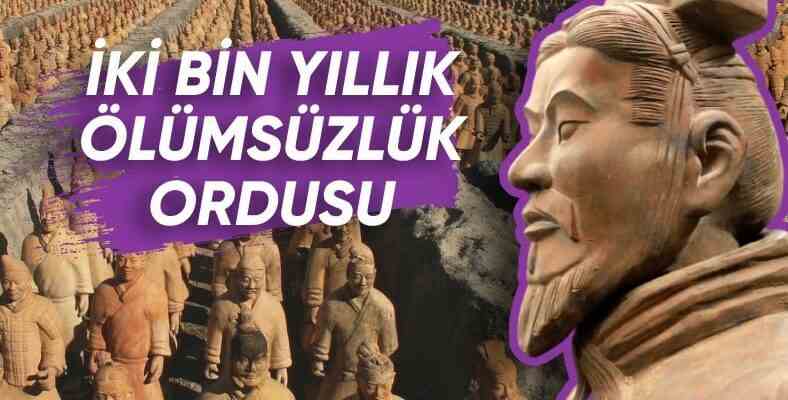The first emperor of China, who did not want to be alone after his death, spent most of his short life creating an ‘army of the dead’ for himself. This army, which has been under the ground for almost 2500 years, is still fascinating and intimidating after all this time…
Yet at the age of 13 that you are the ruler, that you have spread over wide areas in a short time, that you have gathered the society you rule ‘under one flag’. you declared yourself emperorI imagine.
China’s first emperor, Qin Shi Huang, followed exactly such a path. He quickly added new ones to the province he started to rule at the age of 13, then founder of the great Chinese empire and became its first emperor.
This is the story of this great emperor who is obsessed with immortality, and he formed an ‘army of the dead’ consisting of thousands of soldiers…
The land soldiers, whose story you will soon read about Qin Shi Huang…
With the great power he possessed, Qin Shi Huang considered himself the ruler of the boundless lands and spirit world.
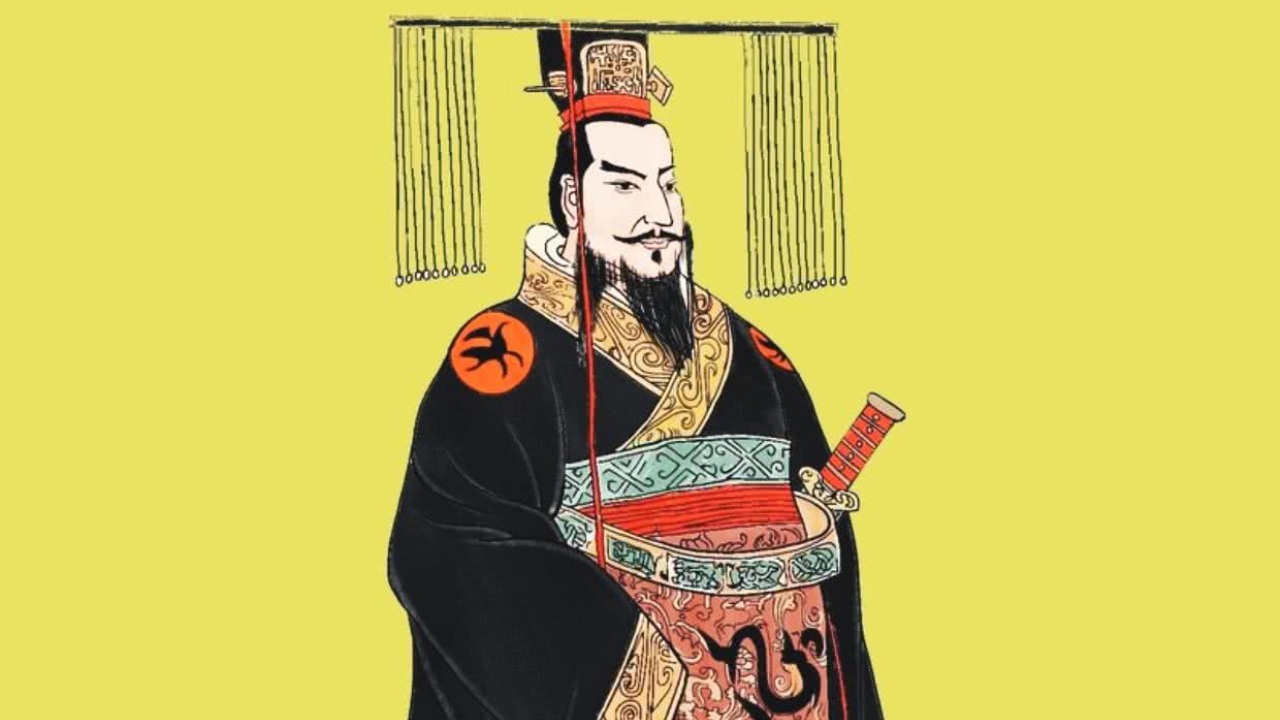
But despite all this power and great success, His greatest fear and the only thing he wanted to escape from was death.. It is even said that he searches for potions and drugs to relieve this fear and prolong his life.
Qin Shi Huang, who started the construction of the Great Wall of China, established China’s first centralized bureaucratic state order, and introduced a law, currency, road system, weight, length measures and a standardized alphabet and written language to the empire he founded, was an oppressive emperor.
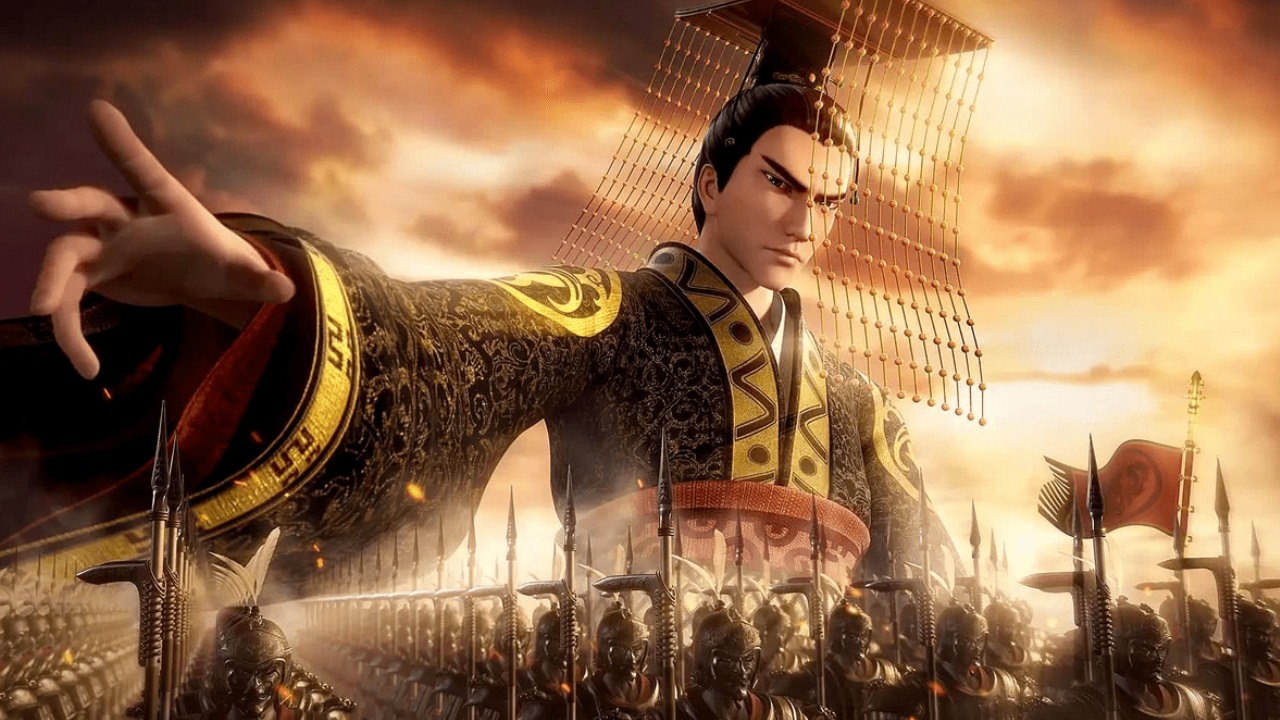
Qin Shi Huang, who wanted to make his people forget ancient traditions and write his own history, Between 213 and 206 BC Written by Confucian scholars, scholars, and historians burned all the books. He then adopted the philosophy known as legalism, in which the law was considered supreme, instead of Confucianism.
As he expanded his territory and strengthened his empire, he pondered his own immortality.
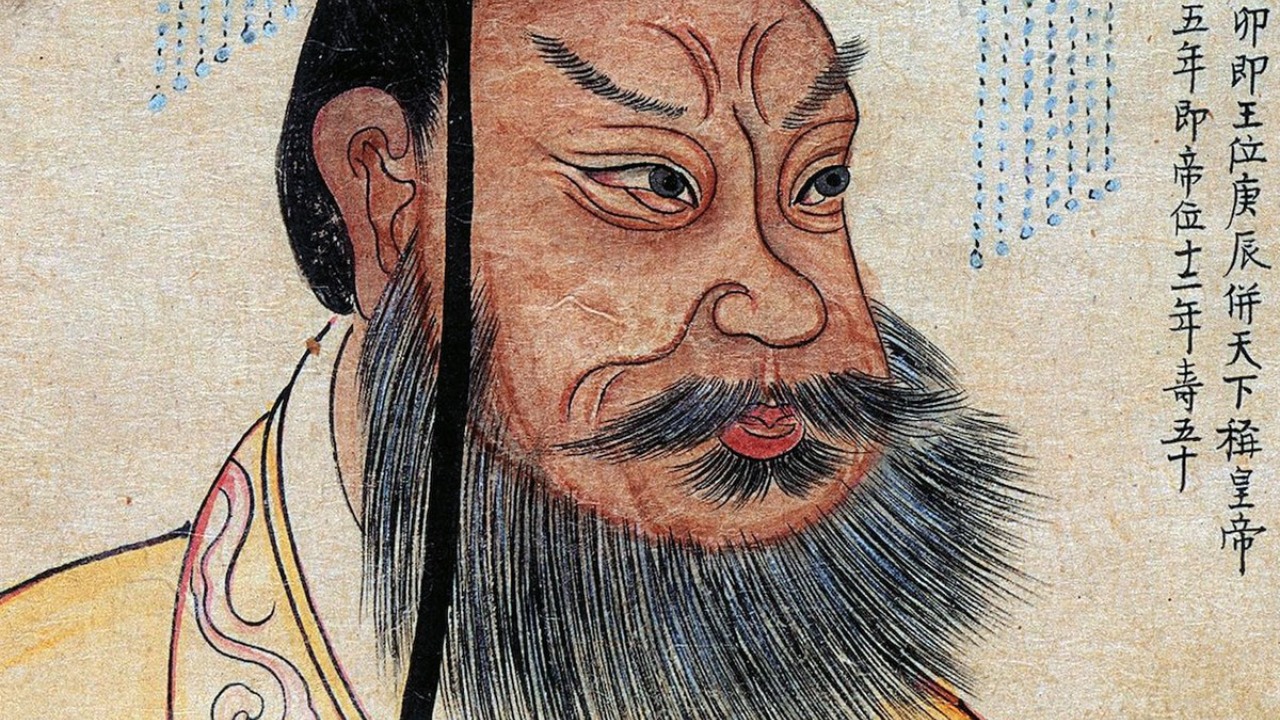
Qin Shi Huang he wanted to be immortal. For this, he started working in the first years of his reign and had the area still known as the largest burial ‘complex’ in history to be built today.
The construction of the tomb, in which hundreds of thousands of workers worked, proceeded quite differently from the understanding of tombs we know. Because it wasn’t just a burial ground.
Clay models of thousands of life-size soldiers, carriages, horses, guns, concubines and more were made.
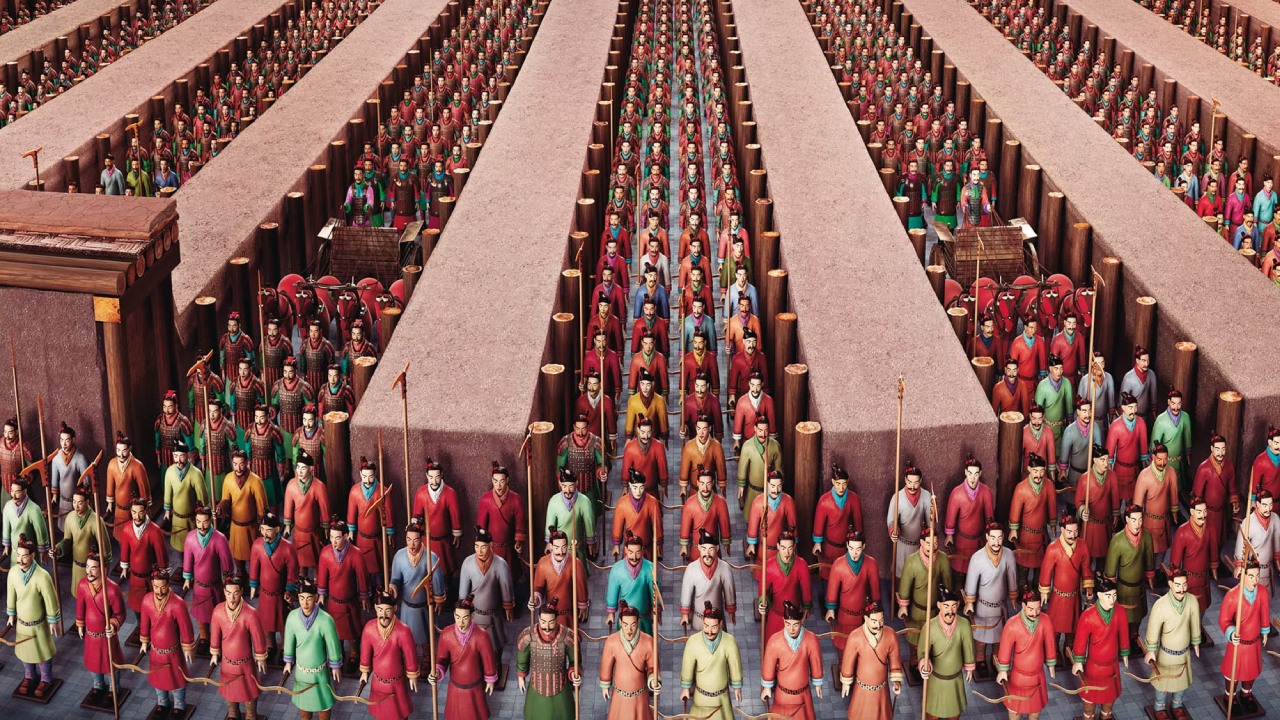
This is thought to have been what the emperor’s famous ‘terra-cota’ army looked like in the first years of its construction.
Construction began on the site just a few years after Qin Shi Huang became ruler in 246 BC. great ditches were dug. Approximately 8,000 clay soldiers were made in these trenches, each of which was true to size. The facial expressions of each of the soldiers were different.
It is also said that the costumes of the soldiers were made exactly to represent the military ranks of the period. of your soldiers positioned like an army ready for war.It is known to be detailed with life-size horses, chariots, and weapons.
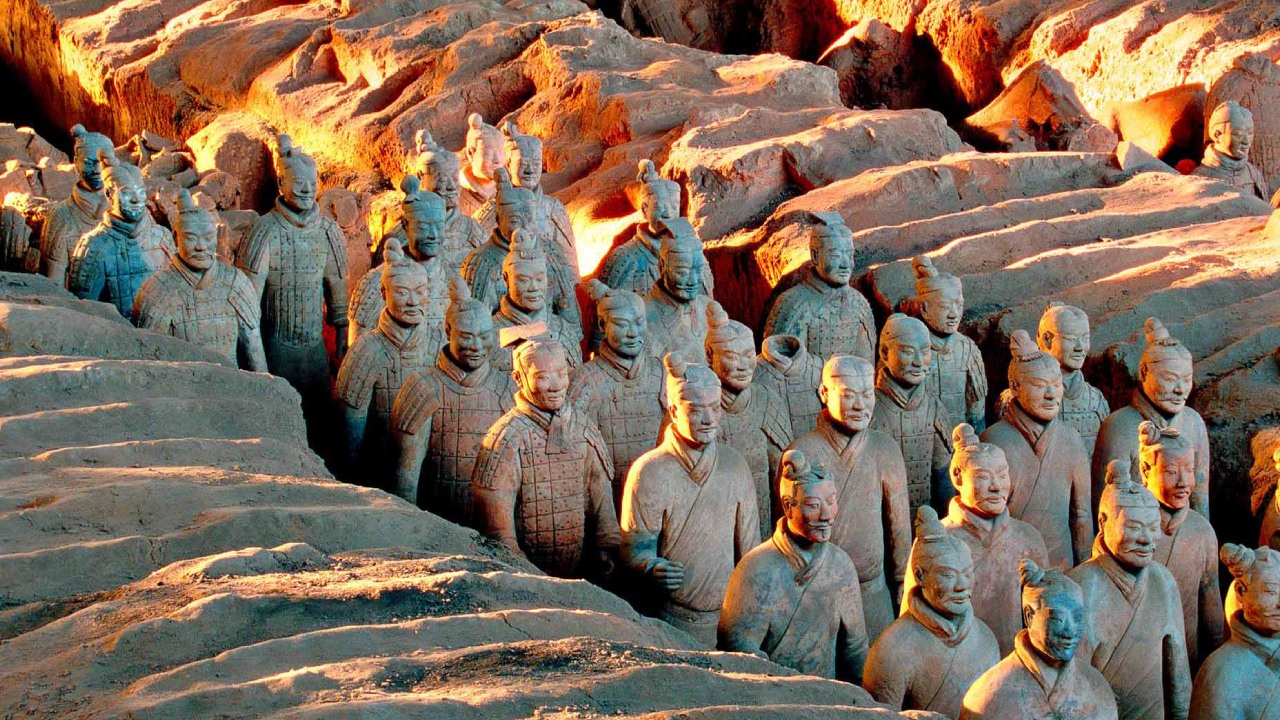
In 1974, after a farmer reported a clay sculpture he found by chance in his garden to the authorities, Discovered for the first time 2,000 years after it was made Ongoing excavations in the area have so far unearthed more than 2,000 military and other special items.
This area of the emperor is almost designed like a small city, It is known that his own grave is also in the area. However, historical documents say that the construction was left unfinished after the emperor died. Some scenes encountered during the excavations confirm this.
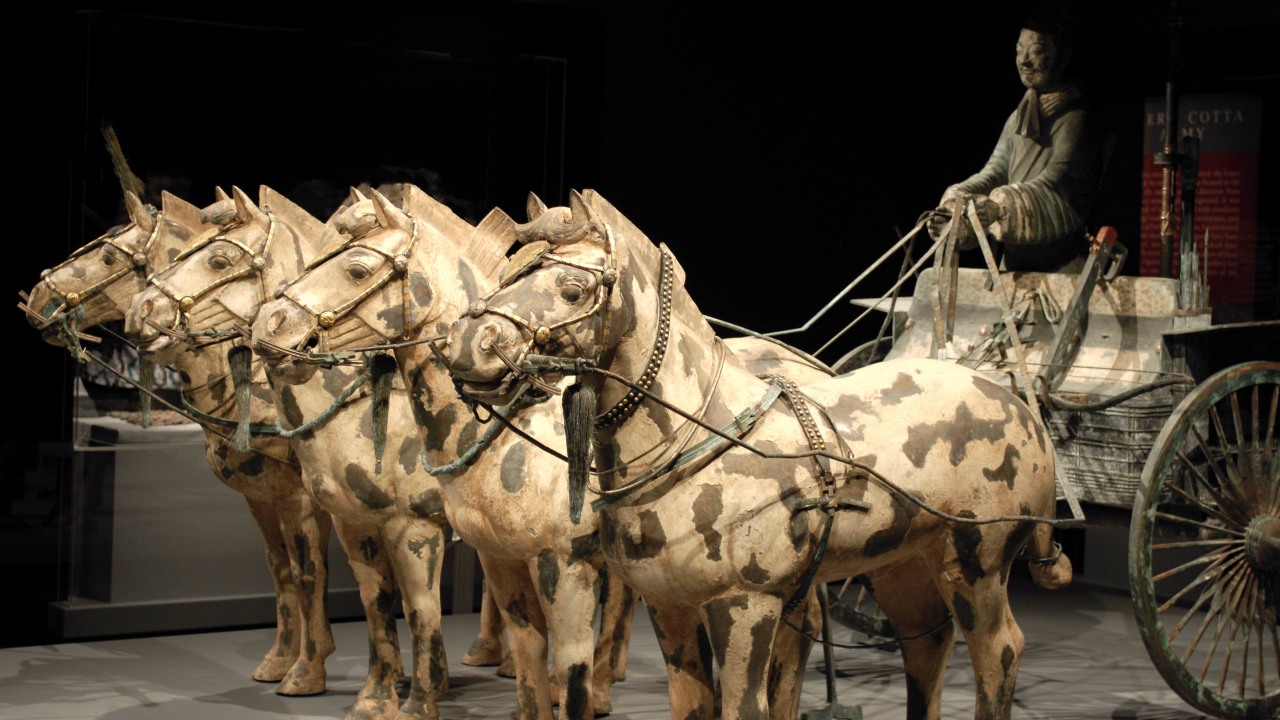
So far in this area 4 big trenches were dug. Three of the ditches were completed and one was incomplete.
The main mystery and surprising details are hidden in the area where Qin Shi Huang’s tomb is located…
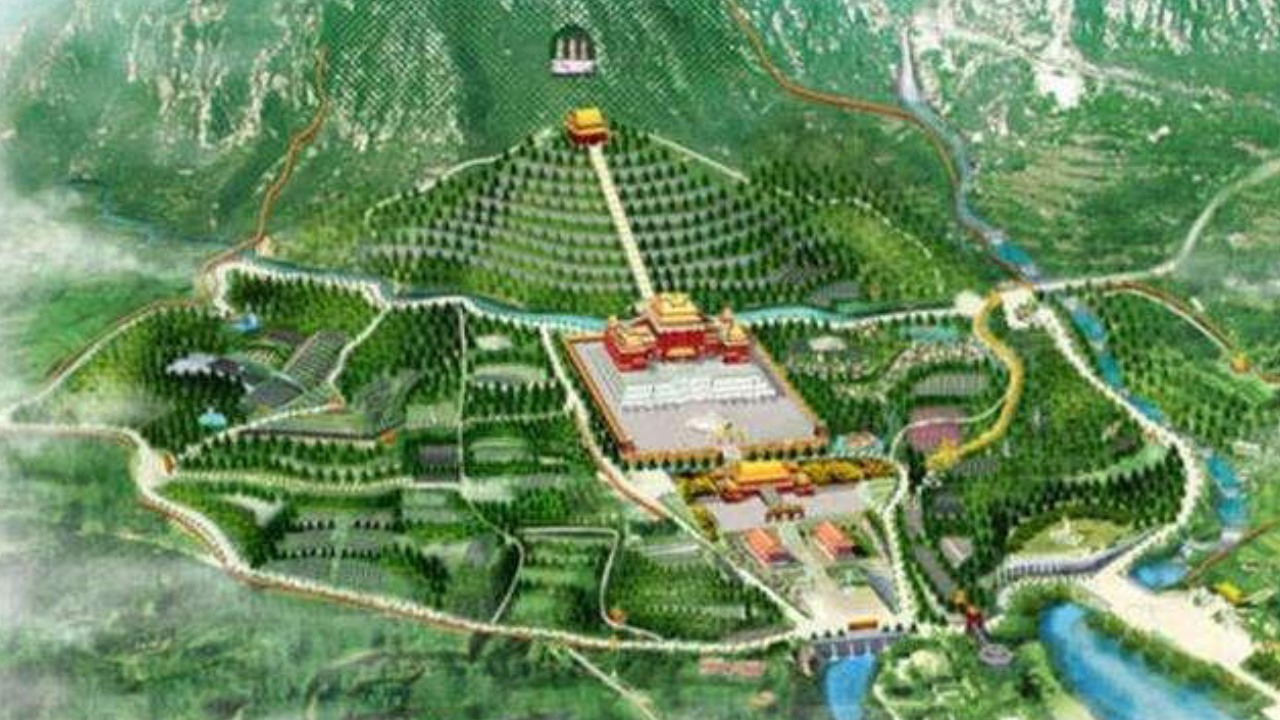
Apart from the trenches where the army and the other items and ‘persons’ who will accompany the emperor in his life after death, there is also a burial area near the trenches… In fact, this burial area is mentioned in many sources. ‘underground palace’Also referred to as ‘. Most historical records indicate that the original burial mound was 115 meters high and 2,076 meters across. Of course, it was not completely underground at the time it was built, but within thousands of years it has become invisible today.
The tomb is thought to be under a hill in the area. However, the Chinese government does not yet allow the grave to be dug.
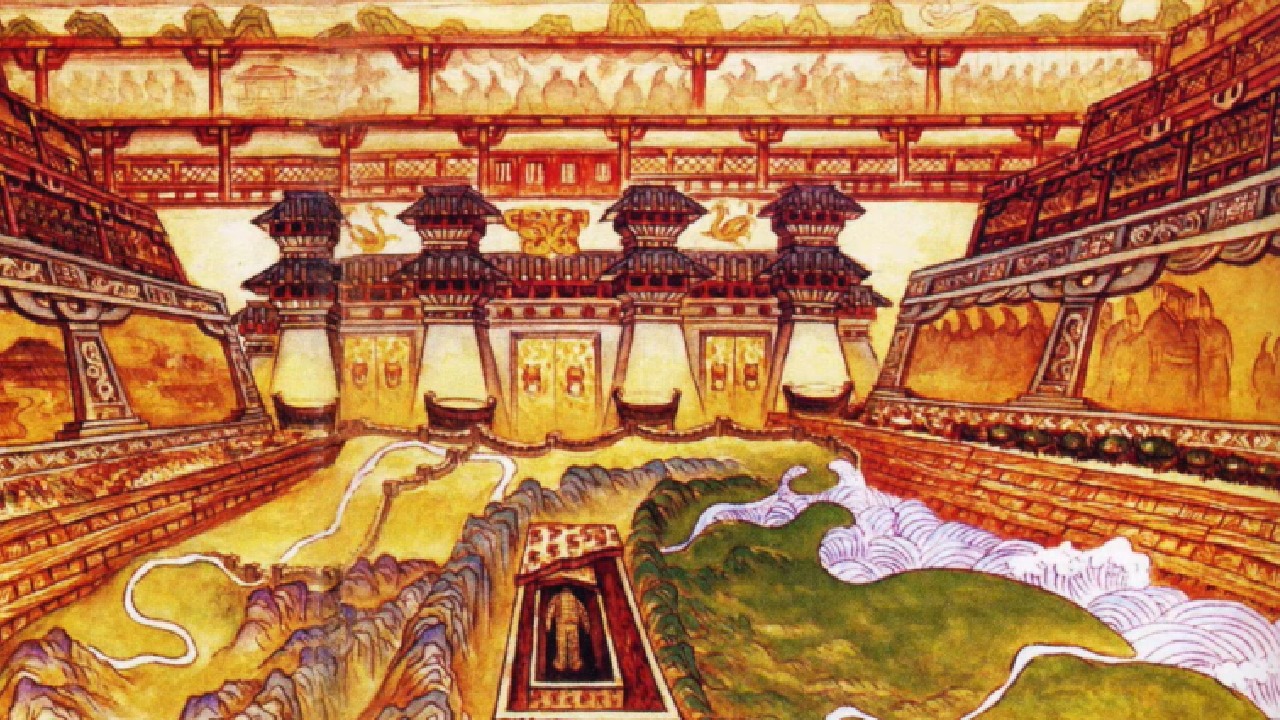
Experts think there are many reasons for this. The first reason, however advanced due to insufficient technology. taking actions that could damage this valuable area. Another important reason is the high amount of mercury in the samples taken from the soils in the region.
Even though the mercury, which the Emperor thought of as an elixir of immortality, killed him, he still guards his tomb…
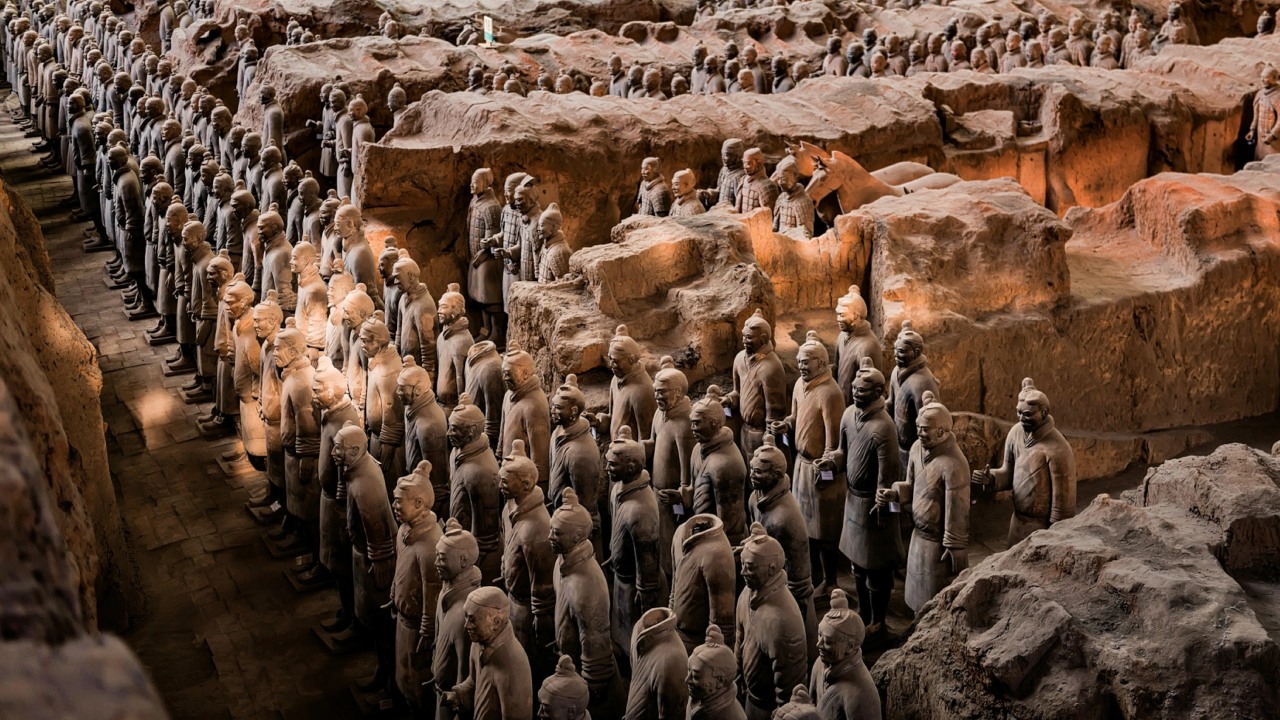
We said that Qin Shi Huang seeks immortality. For this reason, it prolongs life and believed to offer eternal life It is thought that he drank mercury like an elixir and therefore died in his late 30s.
Moreover, he will have trusted the mercury so much that he had rivers built of mercury around the area where his grave was. covered with a ceiling resembling the skyIt is thought to be an area surrounded by rivers of mercury, equipped with statues of concubines, and filled with valuables.
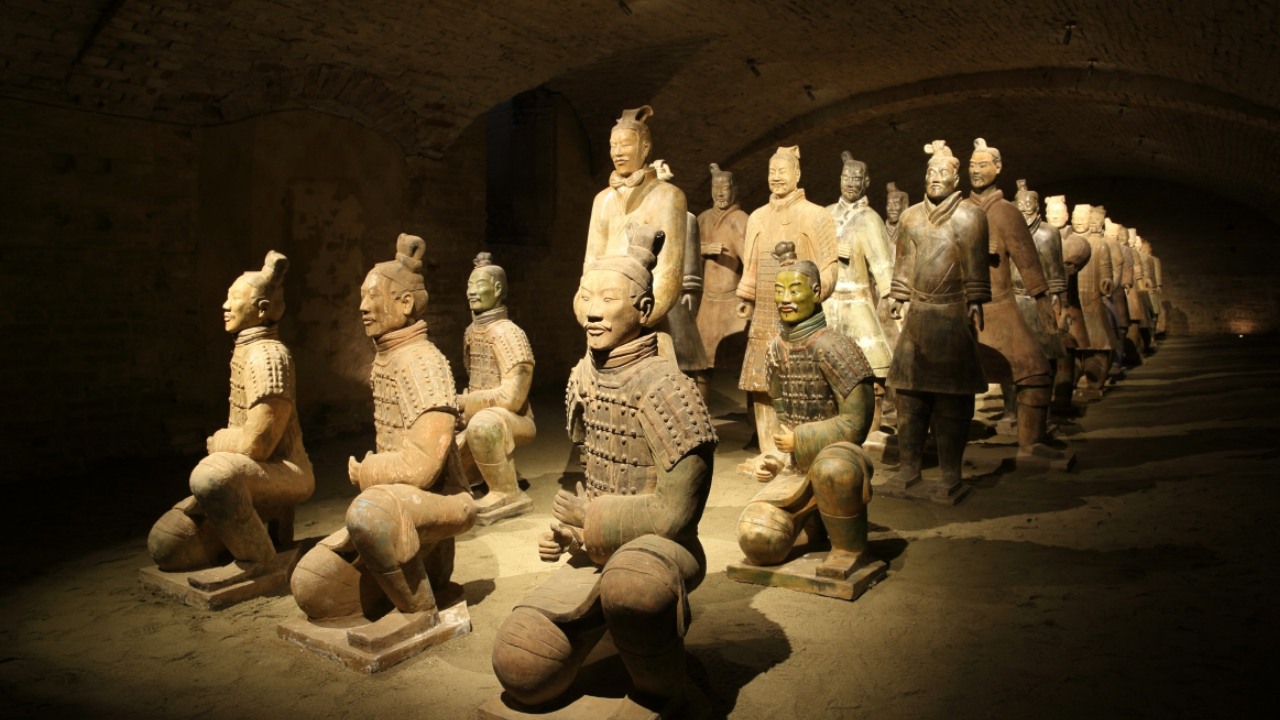
It is also estimated that the burial site was protected by various traps. However, it is not known exactly what happened at this intriguing burial site, as it has still not been excavated. the tale of rivers of mercury Although partially confirmed by the high levels of mercury found in soil samples, the tomb still remains a mystery…
RELATED NEWS
If We Send Our Country’s Historical Buildings To A ‘Science Fiction Universe’, What Would They Look Like? Artificial Intelligence Answered…
RELATED NEWS
Scientifically Proven That Attila Was Not ‘Barbarian’ As Described In The History Books
RELATED NEWS
